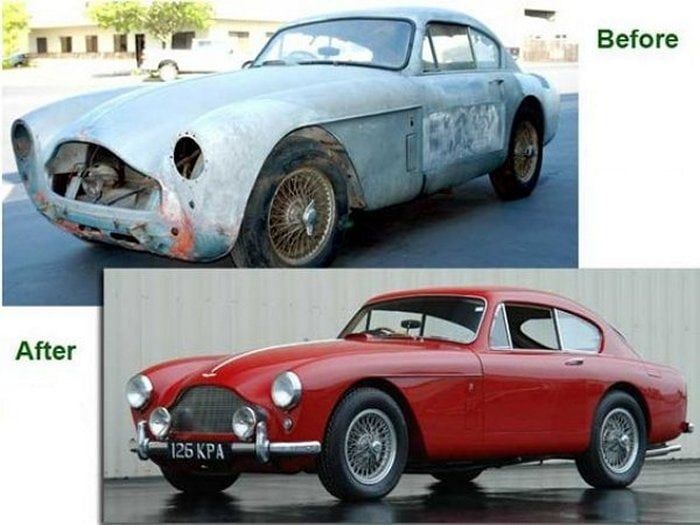Classic cars hold a special place in the hearts of many automobile enthusiasts. With their timeless designs, nostalgic charm, and historical significance, these vintage vehicles have an undeniable appeal that has stood the test of time. While some people opt for modern cars with their latest features and cutting-edge technology, others find themselves drawn to the allure of restoring classic cars.
The Journey Begins: Finding a Rusty Relic
The first step in restoring a classic car is finding the perfect project – a rusty relic waiting to be revived. Many classic car enthusiasts scour garages, auctions, classified ads, and even barns in search of these hidden gems. It’s a thrilling experience to stumble upon an abandoned vehicle covered in years of dust and dirt, knowing that with enough time, dedication, and skill, it can be transformed into a dazzling showstopper.
Unearthing History: Research and Documentation
Once a classic car has been acquired, the restoration process truly begins. It’s important to conduct thorough research and gather as much documentation as possible about the particular make, model, and year of the vehicle. This step is essential to achieve an accurate restoration and maintain the historical integrity of the car. Studying old photographs, manuals, and speaking with experts or fellow enthusiasts can provide invaluable insight into the original specifications, paint colors, and interior details.
Breaking It Down: Disassembling the Vehicle
With the necessary knowledge at hand, it’s time to deconstruct the classic car. This involves carefully removing all the components, from the engine and transmission to the body panels and interior. Each part is thoroughly inspected, cleaned, and evaluated for repair or replacement. This meticulous disassembly process allows for a comprehensive assessment of the car’s condition and ensures that no hidden issues go unnoticed.
Restoring the Heart: The Engine and Mechanical Components
The heart of any classic car is its engine. Restoring the engine to its former glory requires a skilled hand and a keen eye for detail. Rebuilding or repairing worn-out components, tuning the carburetor, and replacing gaskets are just a few of the tasks involved in breathing new life into the powerhouse of the vehicle. Additionally, the suspension, brakes, transmission, and other mechanical systems require attention to ensure they operate smoothly and reliably.
Aesthetics Matter: Bodywork and Paint
One of the most visually rewarding aspects of restoring a classic car is the bodywork and paint phase. Repairing dents, rusted areas, and damaged panels is an art form in itself. Skilled craftsmen use various techniques to reshape and mold the metal, carefully recreating the car’s original lines and curves. Once the bodywork is complete, it’s time to apply a fresh coat of paint that captures the essence of the vehicle’s era. The right color choice can make or break the final aesthetic appeal.
Bringing it All Together: Interior Restoration
The interior of a classic car is its sanctuary – a place where the driver and passengers can step back in time. Restoring the interior involves reupholstering seats, replacing carpets, restoring the dashboard, and refurbishing other components. Attention to detail is crucial to recreate the original look and feel of the car’s interior. From the texture of the materials to the placement of knobs and buttons, every element contributes to the overall authenticity of the restoration.
The Final Touches: Finishing and Detailing
As the restoration nears completion, it’s time for the final touches that truly make the classic car shine. Installing authentic badges, emblems, and decals adds a touch of nostalgia. Ensuring that all the chrome trim pieces are polished to perfection, the headlights are aligned correctly, and the authentic glass windows are crystal clear demonstrates the commitment to authenticity. The finishing and detailing phase is where the restored classic car comes to life, ready to turn heads and steal the show.
A Labor of Love
Restoring a classic car is not just a hobby; it’s a true labor of love. It requires countless hours of hard work, dedication, and patience. While the process may be challenging and demanding, the joy and satisfaction that come from witnessing the transformation of a rusty relic into a showstopper are unparalleled. Restoring classic cars not only preserves automotive heritage but also allows enthusiasts to relish in the artistry, craftsmanship, and engineering of a bygone era.

